The launch of the new Mafate 5 this summer was at best dubious. There were doubters. Suspicious assumptions. Anxiousness. Was Hoka changing one of their cult classics? Worse, would the new version be a dumbed-down version of what we all loved? Would we have to spend precious hours of our life wasting away on internet searches for backup pairs?
The New Mafate 5
On the surface, it didn't look good. We thought what was coming was maybe ….. a bit too candy and commercial. When it landed, the soft midsole, particularly in the heel, made us feel even more suspect.
Many in our ranks, including myself, were fans of the Mafate Speed 4, a shoe we deemed the least "Hoka." That isn't to say we don't like other Hoka models (we very much do), but the Mafate Speed held a coveted position in our trail shoe quiver. With it's responsiveness, weight, epic traction and fairly normal stack height, it represented an fantastic, technical shoe for Tahoe trail running. IYKYK and we don't need to go into the details - this party is over anyway. So on to the Blue Machine.
Starting with fit: Length runs true to Hoka's sizing, the volume is medium, and the width is regular. This show will still feel tight for true wide feet folks - better for medium to narrow fits.
Understanding the New Construction
Like most running shoes, the personality of the Mafate 5 comes mostly from the composition of the midsole. Most Hoka models have some type of dual-density foam, but the layer closer to the ground tends to be firmer, mostly for stability. The softer foam usually resides under the foot for absorptive purposes. The Mafate 5 flips this script, with softer foam (compression molded EVA aka CMEVA for all you shoe dogs) closer to the ground. This acts to absorb a massive amount of shock, but with the firmer layer (Supercritical EVA for the dogs) directly under the forefoot, the shoe has surprisingly solid responsiveness and stability.
This surprising responsiveness and stability is also enhanced by Hoka's use "Rocker Integrity Technology" (RIT), placed firmly in the forefoot. This plastic cage (thermoplastic polyurethane for the dogs) helps the shoe maintain structure, especially for forefoot strikers. It also provides a pretty snappy roll through the gait. All in all, quite svelte peformance for such a "soft" shoe.
Surprise and Delight
The take home? We were pleasantly surprised with the performance - particularly in regards to stability and responsiveness for a shoe that lands at a heavier weight (11.7oz for a US men's 10; 10.1oz for a US women's 8) and 45mm/37mm geometry. Throw in the stretchy/dynamic vamp in the forefoot for foot swelling and/or fit accommodation, and a warp-knit upper (nerdy shoe run verbiage for light, supportive and durable), we'd run this on almost any Tahoe trail. It would be a solid 100km/100-mile option.

Any Downsides?
There are definitely some not-so-epic aspects. First, at 45mm/37mm you're definitely giving up ground feel and nimbleness. But if you're after ground feel, is Hoka really the way to go? Additionally, it might not be the most responsive model for a heel striker due to the soft nature of the construction in that portion of the shoe. That isn't to say it is not responsive, but it gets a little swampy for heel strikers. Run in this shoe like Jim ran at UTMB and you'll reap the benefits of the design. With Vibram MegaGrip and 5mm lugs, it's enough to offer solid traction/grip, but it wouldn't excel in super technical terrain.
The tongue will be problematic for some. Personally I'm not a fan. I'll take a low-pro, really slim tongue in a tempo trainer or race day fastie, but in this shoe a lack of some structure seems to miss the mark. If you have a high instep and narrow heel, you might find yourself having to crank the laces for a good seal, which no forefoot particularly loves. The lack of structure allows the tongue to slide around if not cranked into submission - and it isn't long enough.
Conversely, it is nice that Hoka has put actual structure in the heel counter. Without this, I think the upper would lose a lot of stability and foot hold. These days, I find too many companies are sacrificing solid fit by trimming weight from the heel counter and tongue. This heel counter is well done.


A Worthy Replacement
All in all, our initial assumptions were unjust. While many of us still like the Mafate Speed 4 better, we think this is a solid addition to the Hoka lineup. And if you want a shoe that does the opposite … then stay tuned for our review of the Rocket X Trail, coming soon.
Ultimate take: A good ultra shoe for mid-packers, or bigger runners needing a more plush/protective ride. Great trainer, not a race shoe, but definitely a solid mainstream offering.



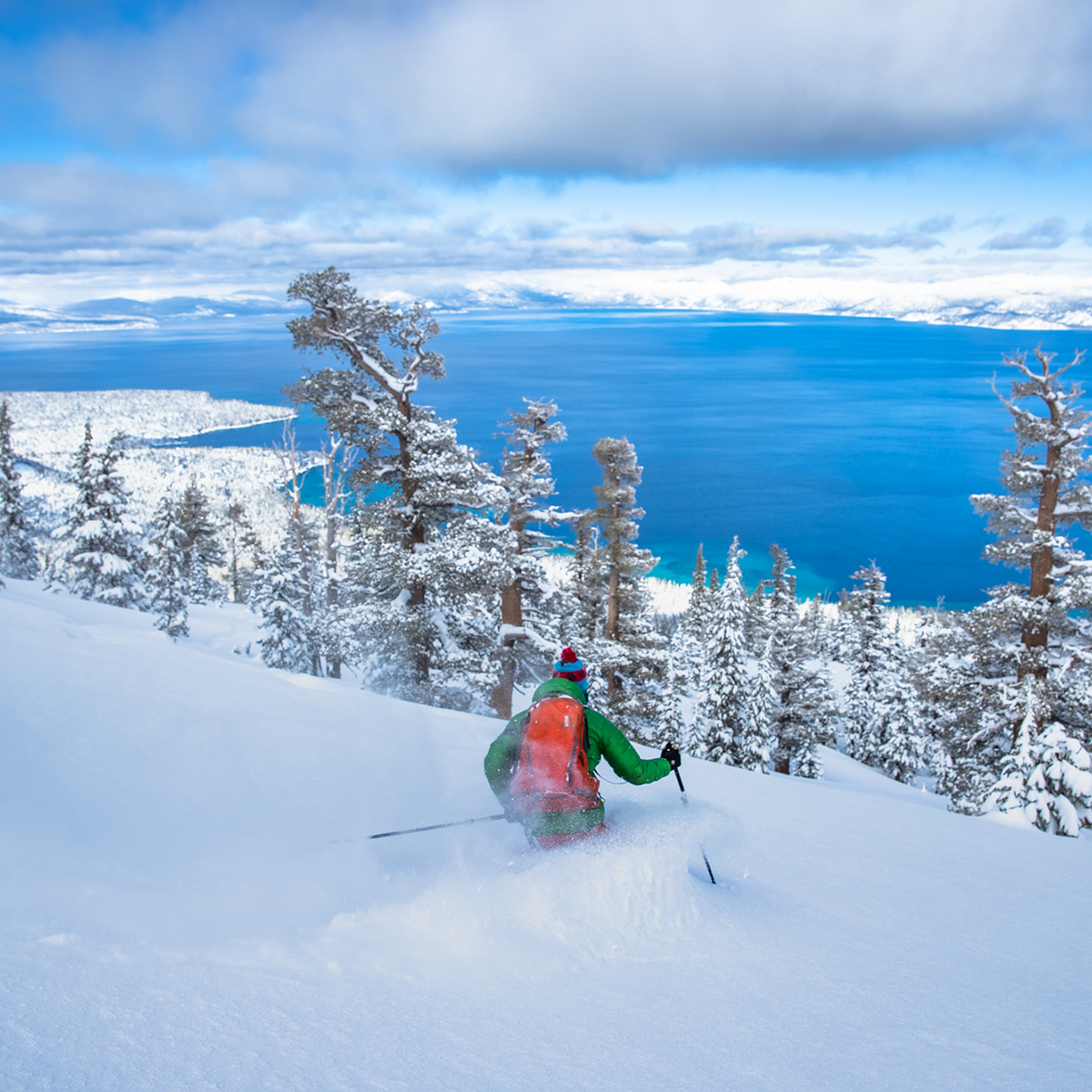




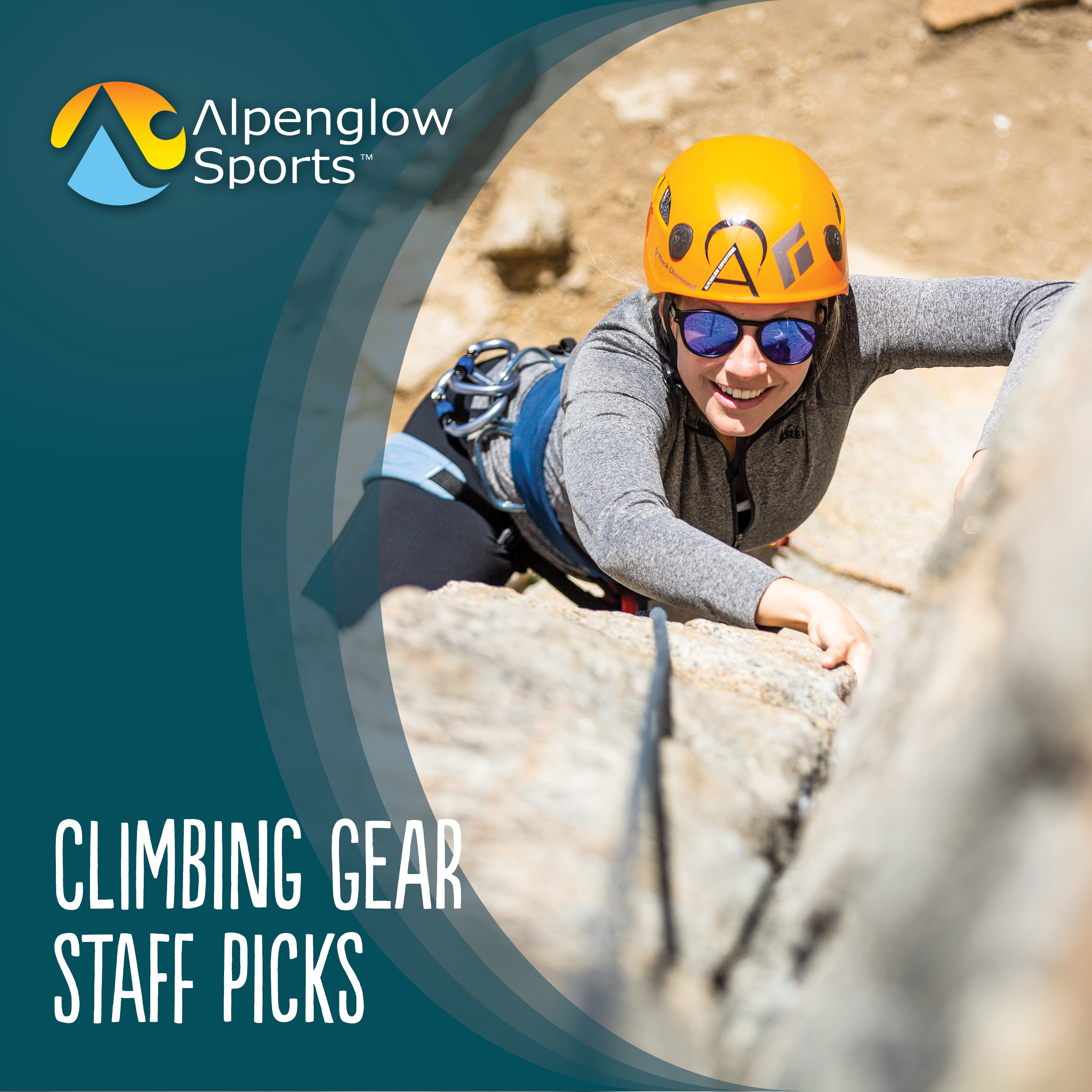

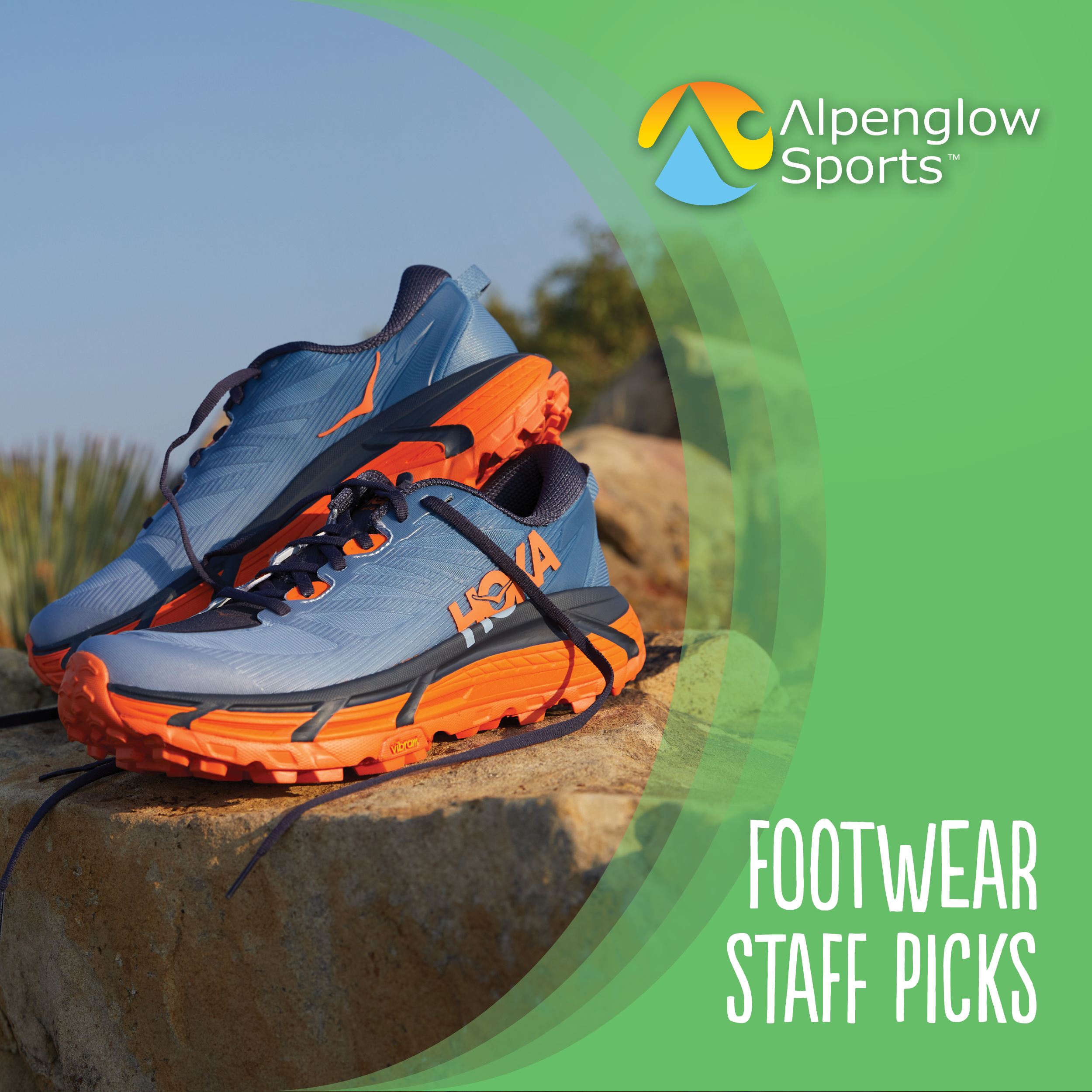



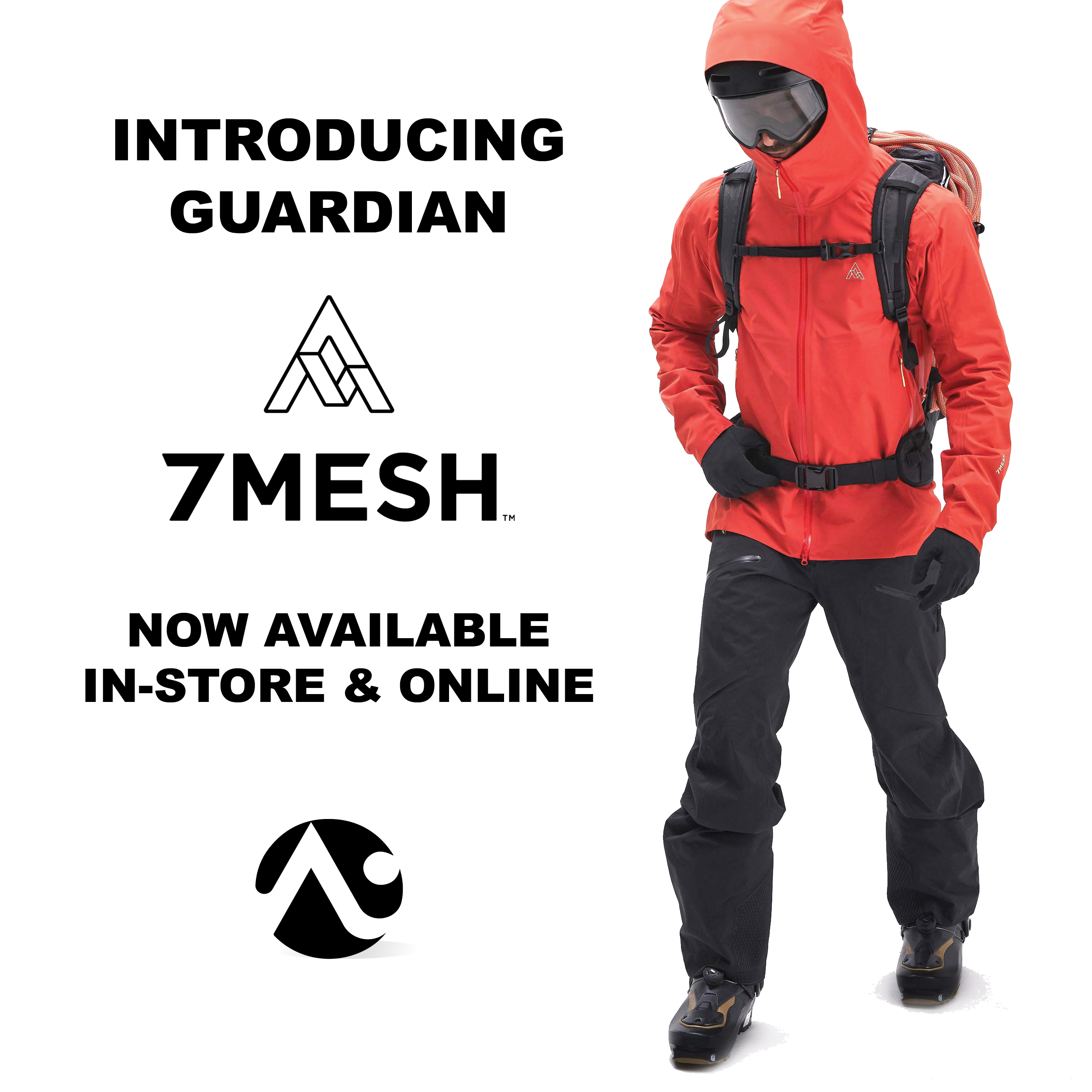


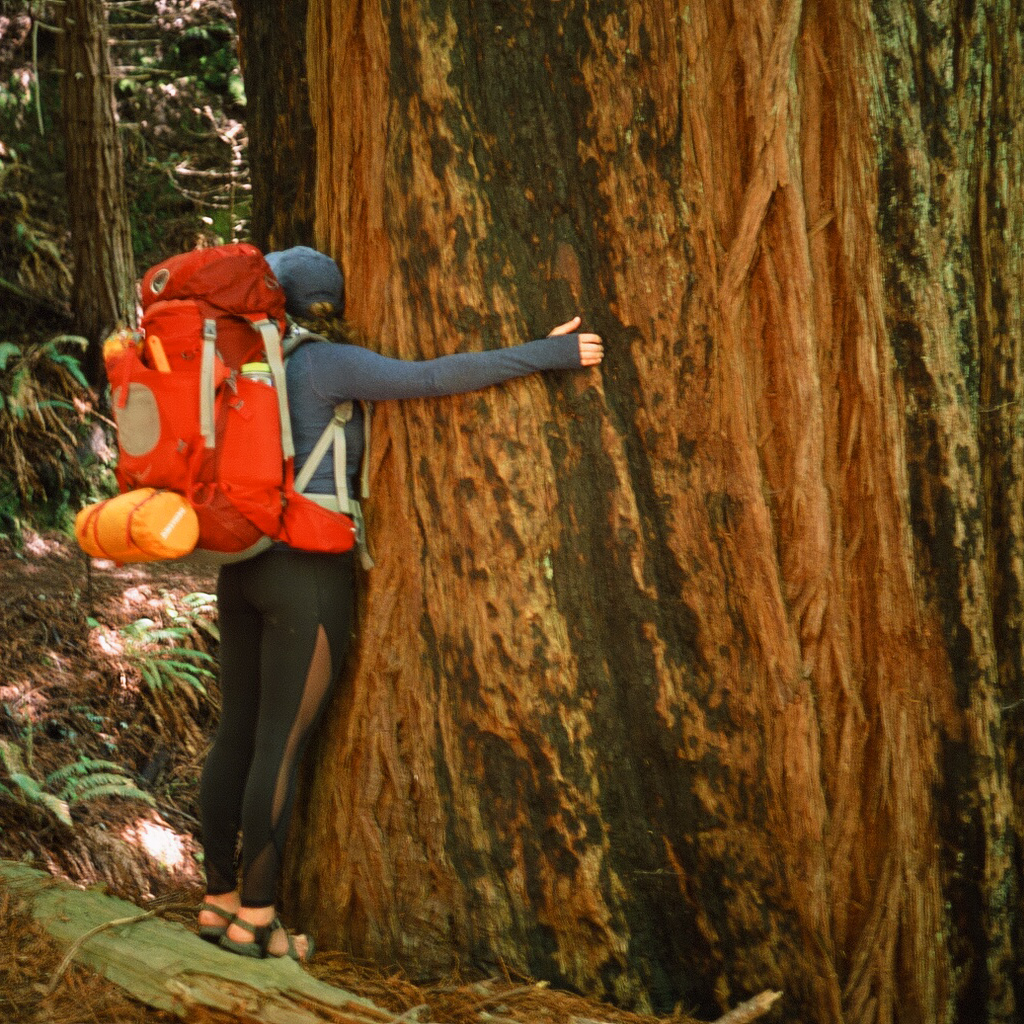


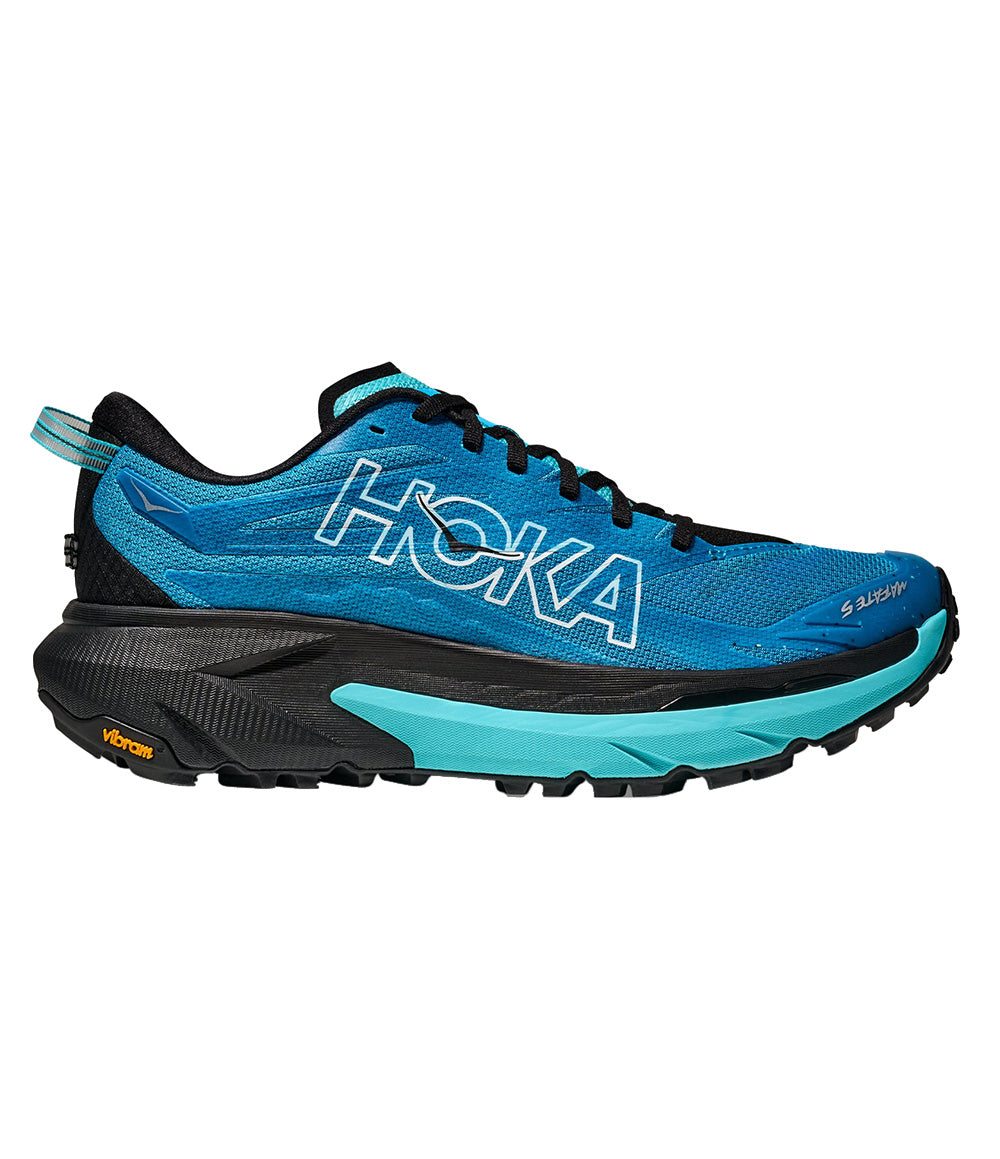
Leave a comment
This site is protected by hCaptcha and the hCaptcha Privacy Policy and Terms of Service apply.